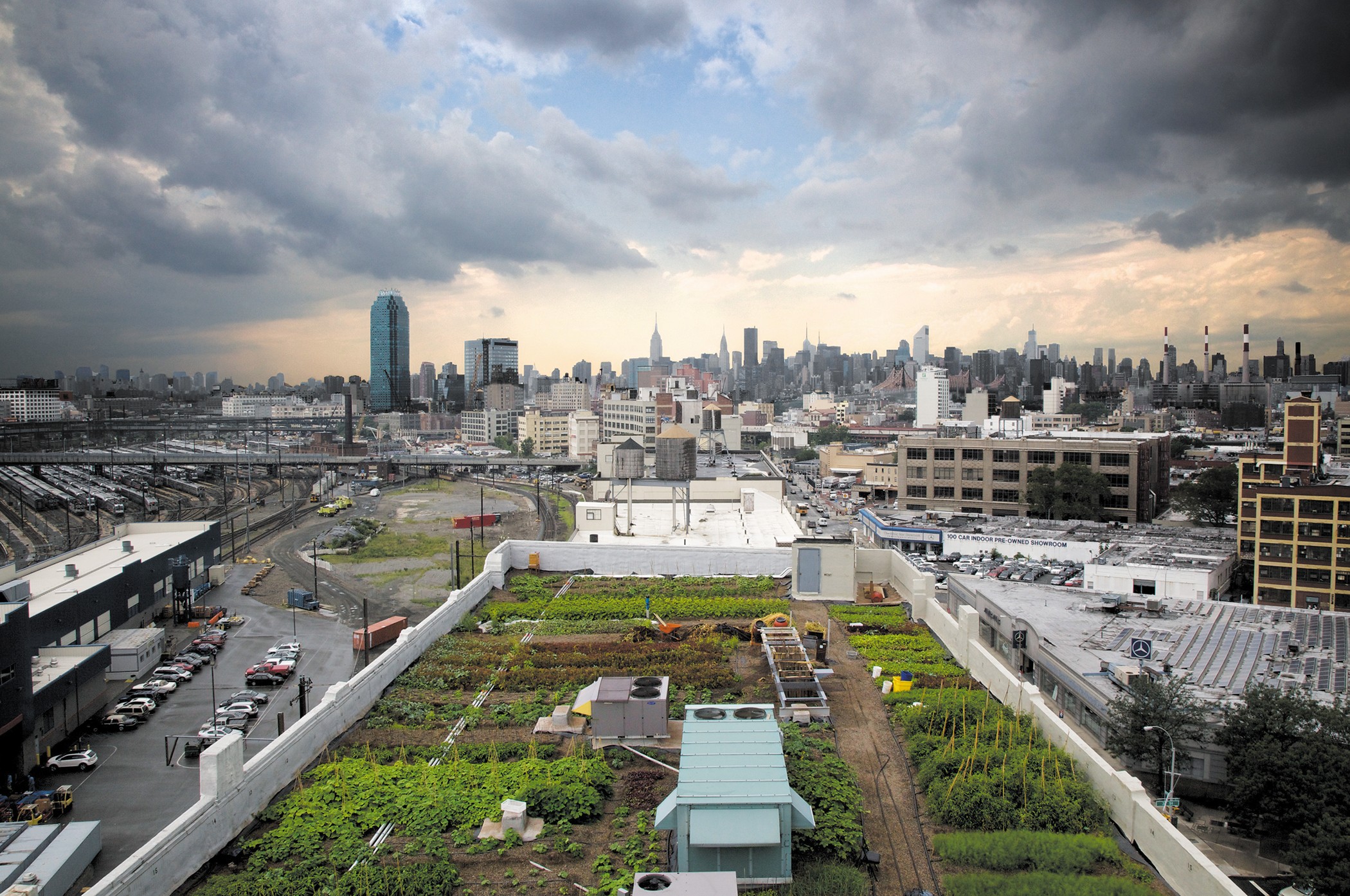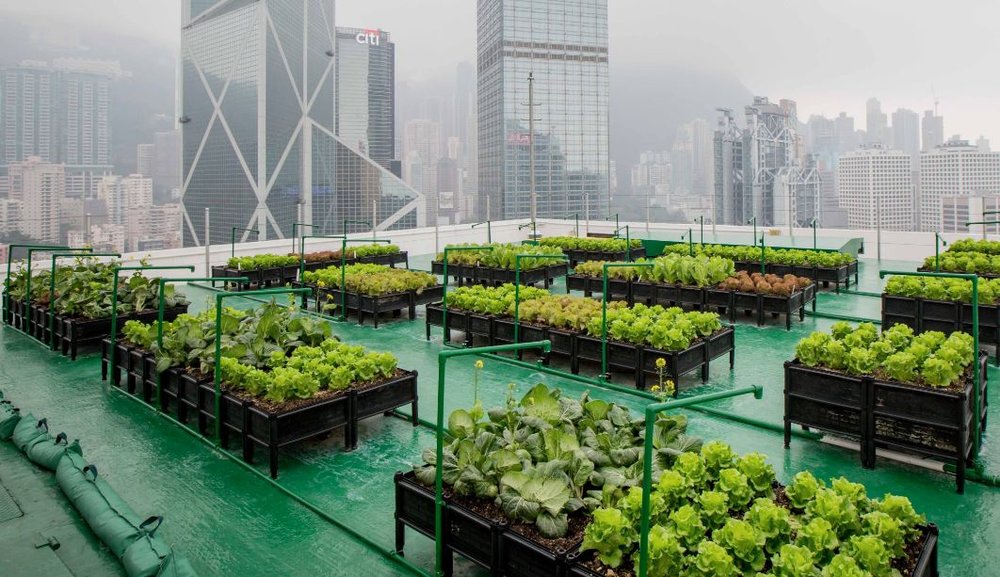Rumored Buzz on City Blooming
Rumored Buzz on City Blooming
Blog Article
The Best Strategy To Use For City Blooming
Table of ContentsCity Blooming - The FactsThe Definitive Guide for City BloomingThe 9-Minute Rule for City BloomingSome Of City BloomingAll about City Blooming
Intrigued in growing food available for sale in the City of Chicago? Thinking of starting a community yard? Adjustments to the Chicago Zoning Statute permit agricultural uses like community gardens and city farms in many parts of the city. Below is a checklist of often asked questions regarding the guidelines and laws that growers ought to think about when preparing a city agriculture task.
The zoning amendment does not customize any type of various other codes handling composting, building authorizations, purchasing or renting City owned home, company licenses or environmental contamination. There are existing codes that control these concerns and they remain completely result and may be relevant to your task. Community gardens are usually possessed or managed by public entities, civic companies or community-based organizations and maintained by volunteers.
Urban ranches expand food that is meant to be marketed, either on a nonprofit or for-profit basis. Because of their commercial purpose, urban farms call for a business permit. Yes. An area yard is permitted to sell excess generate that was expanded on site if the sales are accessory or secondary to the yard's key objective defined over.
Little Known Facts About City Blooming.
Composting is allowed but only for plant material that is created and used on website. The amount of compost material can not surpass 25 cubic lawns at any type of given time according to the criteria in 7-28-715 of the City's Municipal Code. Yes. Since the soil at the majority of brand-new garden websites needs modifying, compost, soil, timber chips, or other materials can be obtained to create or boost the growing area - landscaping.

If a building license is called for then the hoophouse will certainly be considered an accessory building. You can discover more about the structure authorization demands by calling the Department of Structures. The 25,000-square-foot dimension restriction is intended to protect against a solitary neighborhood yard from controling a provided block or interfering with the block's existing household or industrial personality.
The restriction does not use to gardens situated in Public Open Area (POS) areas. Can there be even more than one neighborhood yard that is 25,000 square feet on a single block? Fence is not required, however, yards that have huge vehicle parking locations may be required to mount secure fencing or other landscape design functions.
The 2-Minute Rule for City Blooming
B1 & B2 areas call for that all industrial use tasks be conducted inside. R areas restrict business task. The guidelines show the purpose and intent of the Zoning Code. Is secure fencing required for city ranches? Yes. Fencings may be called for, together with landscape design and testing, for particular parking lot and outdoor job or storage space locations depending on location and the particular activity happening.
Yes. Urban farms call for building licenses and zoning authorizations before construction. Other kinds of city evaluation Click Here might be needed depending on particular structures, tasks, dimension, landscape design, licensing, public health and stormwater administration problems. Several of these demands are recognized in the job layout or permitting process, nevertheless, the applicant may be liable to individually determine specific licenses or allows that may be required.
The Department of Company Matters and Customer Protection can aid establish the certain kind of organization license that's needed. Off street car park is required for many business jobs in Chicago. The called for number of car parking spaces is based on the number of staff members functioning on site and not the square video of the growing area.
Not known Facts About City Blooming

Yes. A metropolitan ranch can sell garden compost material produced on site, nonetheless, the procedure has to adhere to the regulations in 7-28-715 of the Chicago Municipal Code. Yes. Aquaponic systems are enabled inside on urban ranches in numerous zoning districts. Nevertheless, a zoning review and building permit is called for in order to mount frameworks or systems and a business permit is needed as explained over.
Approximately five hives or nests of honey bees may be kept as an accessory usage. However, beekeepers must sign up with the Illinois Division of Agriculture. To learn more concerning the recommended zoning change you may speak to the Division of Housing and Economic Development, Bureau of Preparation and Zoning at 312.744.8563.
Farming in cities and city areas A metropolitan ranch in Chicago. Urban farming describes different techniques of cultivating. https://www.startus.cc/company/city-blooming, handling, and dispersing food in city locations. The term likewise relates to the area tasks of pet husbandry, tank farming, beekeeping, and cultivation in a city context. Urban agriculture is distinguished from peri-urban agriculture, which takes location in backwoods beside suburbs.
What Does City Blooming Do?
It can involve a movement of organic farmers, "foodies" and "locavores", who seek to develop social media networks started on a shared principles of nature and neighborhood holism. These networks can create using official institutional support, ending up being integrated right into regional town preparation as a "shift community" movement for lasting city development.
In either case, the extra direct access to fresh veggie, fruit, and meat items that may be realised with urban agriculture can improve food protection and food safety and security while reducing food miles, causing reduced greenhouse gas emissions, thereby contributing to climate change mitigation. A few of the very first evidence of urban agriculture originates from Mesopotamia.
Report this page